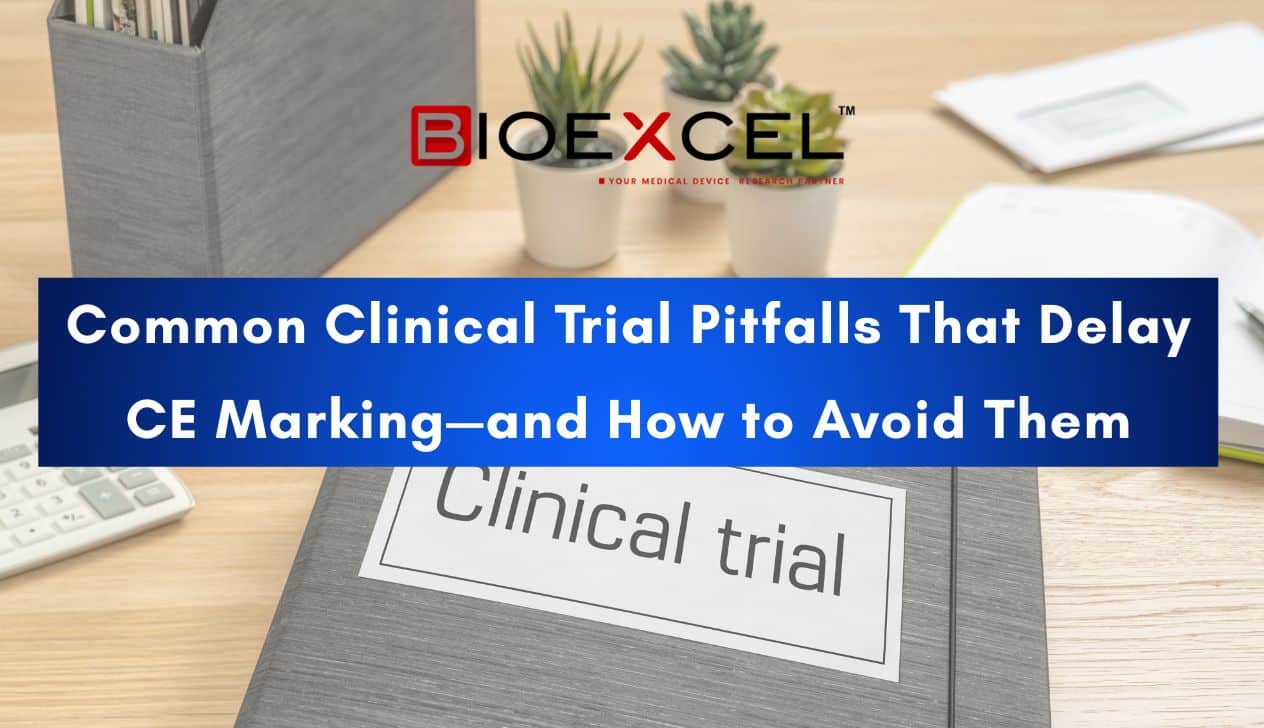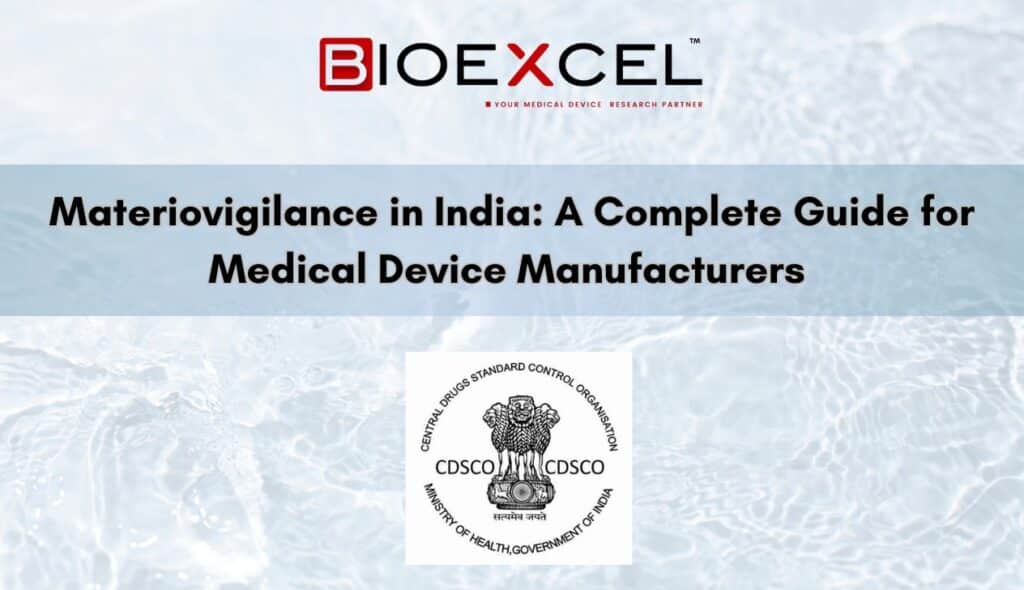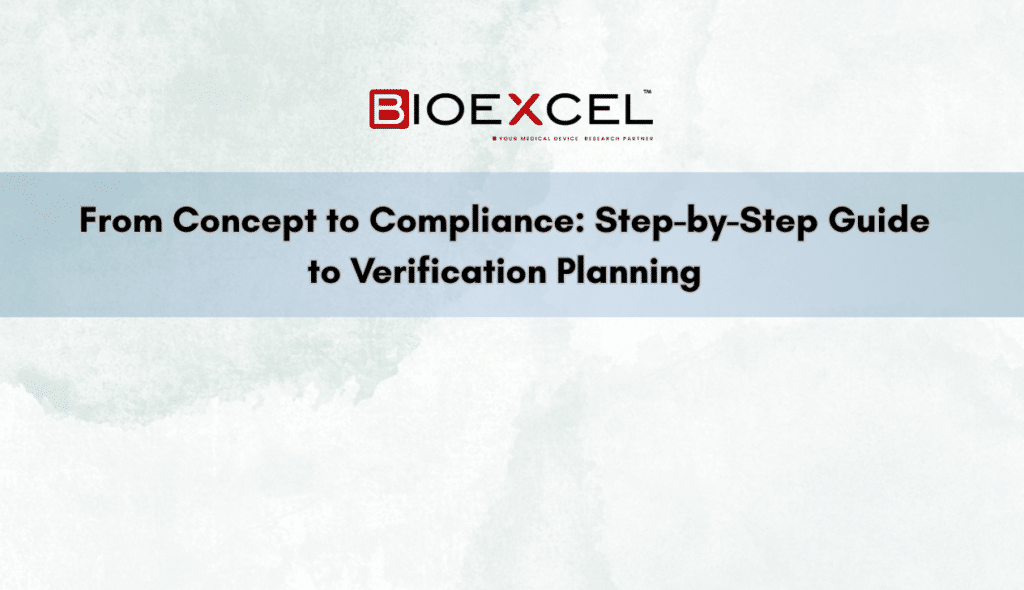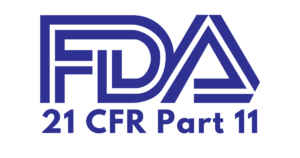Introduction:
Achieving CE Marking for a medical device under the EU MDR is challenging even when everything goes right. Unfortunately, there are common pitfalls in the clinical trial and evidence development process that can derail or delay your CE Mark submission. Many manufacturers have faced questions, requests for additional data, or outright refusals from notified bodies due to avoidable missteps in their clinical strategy. In this article, we highlight some frequent pitfalls related to clinical trials and clinical evidence – and how to avoid them – so you can keep your CE marking timeline on track.
Pitfall 1: Insufficient Clinical Evidence or Unjustified Sample Size
One major pitfall is underestimating the amount and quality of clinical data needed. For example, running a small study that lacks statistical power or failing to include all relevant patient populations can lead the Notified Body (NB) to conclude that your evidence is not “scientifically valid” or representative. MDR Annex XV requires an “adequate number of observations to guarantee scientific validity,” so if your trial is too small or short, expect delays.
How to avoid it: Engage with clinical and statistical experts during trial planning. Justify your sample size rigorously (see Topic 4 above) and consider MDR expectations. If in doubt, it’s safer to slightly over-deliver on sample size or follow-up duration than to fall short and have to conduct another study.
Pitfall 2: Misaligning Endpoints with MDR Requirements
CE marking isn’t just about showing the device works; you must show it meets specific safety and performance requirements (the GSPRs in MDR Annex I). A common mistake is designing a clinical trial that doesn’t directly address those requirements. For instance, a trial might focus on efficacy endpoints but not systematically collect data on safety or usability, which are critical under MDR.
How to avoid it: Map your trial endpoints to the GSPRs and the claims you intend to make. Ensure you’re collecting data on all relevant aspects: clinical performance, safety (adverse events, complications), and, if applicable, patient outcomes like quality of life. Consult NB guidance or feedback – some NBs offer pre-submission consultations where they can hint if your proposed endpoints or follow-up might be lacking.
Pitfall 3: Poorly Prepared Clinical Evaluation Report (CER)

Under MDR, the Clinical Evaluation Report (CER) is scrutinised more than ever. A weak CER – for example, one that only summarises your trial results superficially or fails to include a thorough literature review and analysis of all clinical data – is a frequent cause of CE marking delays. Notified Bodies will compare your CER against the detailed requirements of MDR and MEDDEV 2.7/1 rev.4 guidance. If the CER is disorganised or does not clearly demonstrate conformity, NBs will issue observations or non-conformities. As one industry expert noted, “If NB regulators cannot follow how a submission flows and determine whether it is meeting the guidance, they will inform the company and delay the CE marking.”
How to avoid it:Start the CER process early and treat it as a key deliverable, not an afterthought. Follow the latest guidance to the letter – ensure you have a clinical evaluation plan, appraise and analyse literature, integrate your trial findings, and address risk-benefit and post-market plans. It often helps to have a CER expert or consultant review your document for compliance before submission.
Pitfall 4: Incomplete or Disorganized Technical Documentation
The clinical trial might be done perfectly, but if you submit a messy technical file to your NB, you risk delays. Common issues include missing documents, inconsistent data between the clinical report and other sections, or unclear device descriptions and labelling in relation to the trial population. NBs have limited time to review; if they can’t easily verify compliance, you’ll get a list of questions.
How to avoid it:Perform an internal audit of your technical documentation (or hire someone to do so) prior to submission. Ensure all references in the clinical section match supporting documents (for example, if you mention a specific risk in the CER, make sure it’s also discussed in the risk management file with the latest mitigations). Organise the submission logically, with a clear table of contents and each required element present. Many companies find benefit in using the STED (Summary Technical Documentation) format or NB-provided checklists to organise content.
Pitfall 5: Ignoring Post-Market Commitments
Under MDR, having a plan for Post-Market Clinical Follow-up (PMCF) is mandatory for most devices – and NBs expect to see that you’ve considered post-market data collection. A pitfall is to treat the pivotal trial as the end of evidence collection, with no PMCF studies or registries planned. This can worry NBs, especially for innovative or high-risk devices where long-term performance is unproven.
How to avoid it:Develop a robust PMCF plan alongside your pre-market trial strategy. In your clinical evidence report, outline what post-approval data you will collect (registries, continued follow-up of trial patients, additional studies, etc.). Showing proactiveness here can turn a potential NB concern into a strength of your submission.
Pitfall 6: Delays in Enrollment or Study Execution
Finally, one very practical pitfall: if your pivotal CE-marking trial runs into delays (slow enrolment, high drop-out, etc.), your regulatory timeline slips accordingly. While not an “NB issue” per se, it’s a self-inflicted delay.
How to avoid it:Mitigate this risk by rigorous site selection and patient engagement strategies (see Topic 5 on planning your first trial). Monitor enrolment closely and have contingency plans (e.g., adding sites or broadening criteria slightly if enrolment lags). Also, maintain excellent communication with your NB – if you foresee a delay, sometimes an early heads-up and revised plan can help manage expectations.
Conclusion:
Earning a CE mark under MDR is a complex process, but learning from common pitfalls can smooth the path. In summary, ensure your clinical trial is well-powered and relevant, your documentation (especially the CER) is thorough and compliant, and your overall clinical evidence package tells a clear story of safety and performance in line with regulatory expectations. By avoiding these pitfalls – and addressing them proactively when they arise – you can minimise last-minute surprises and keep your CE marking efforts on schedule.












